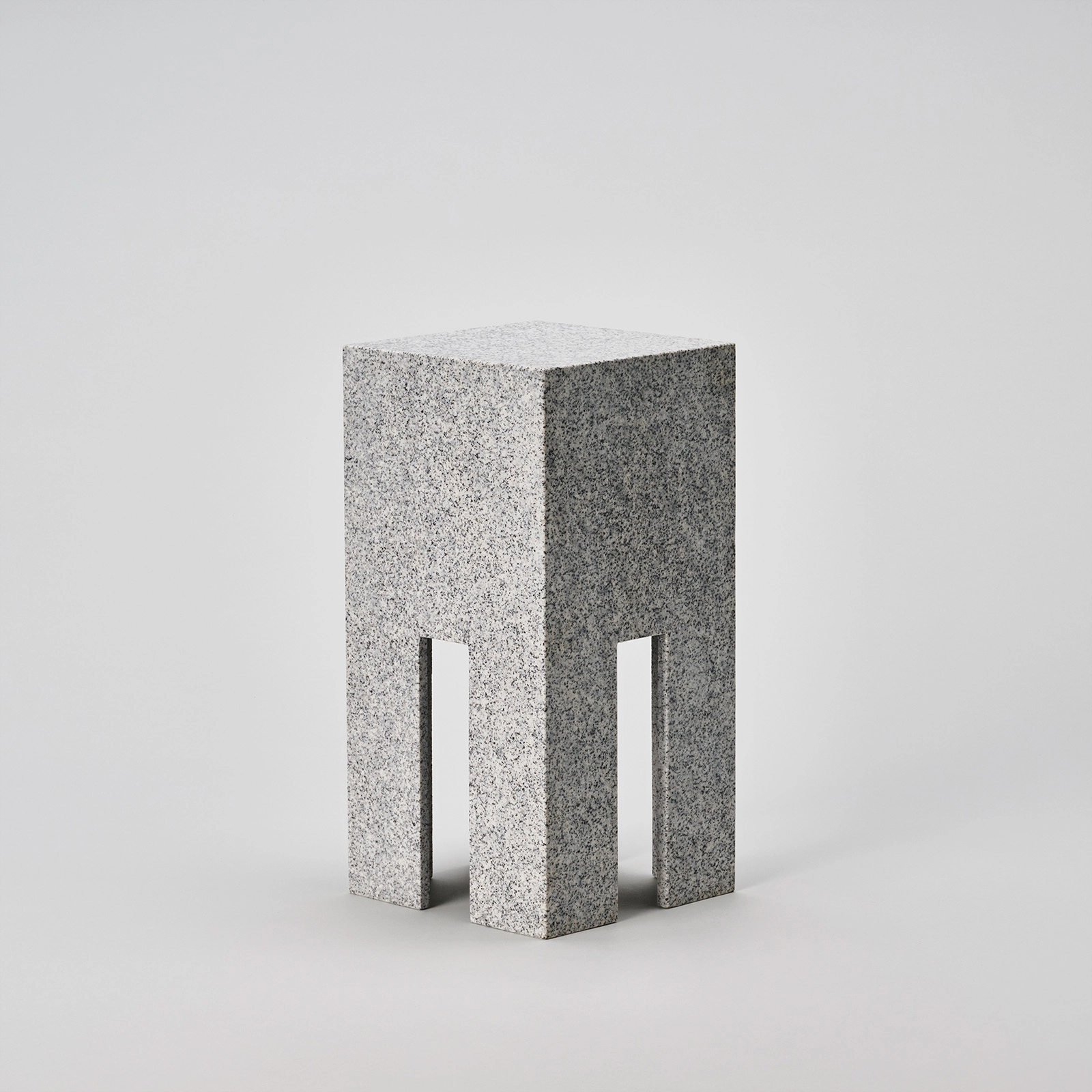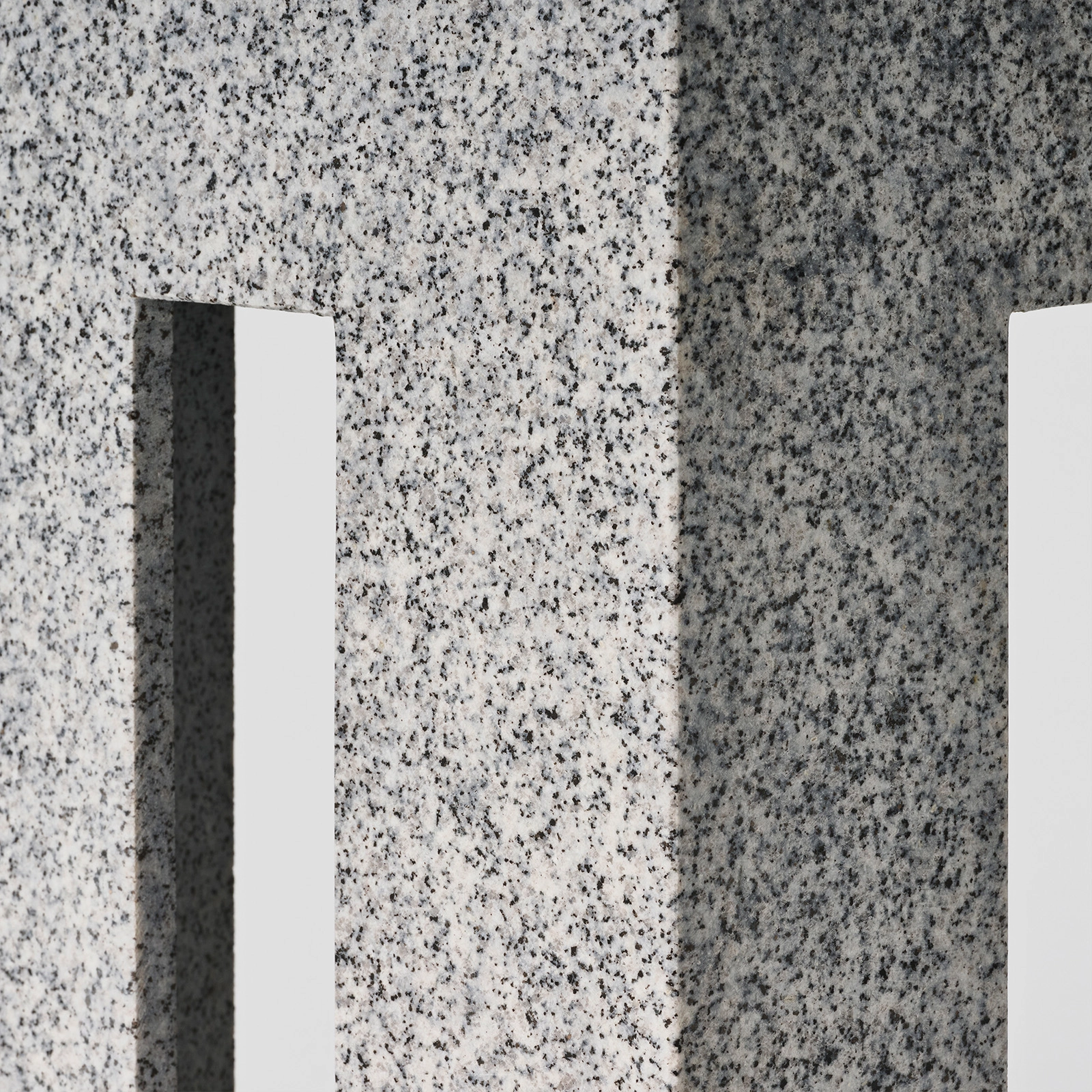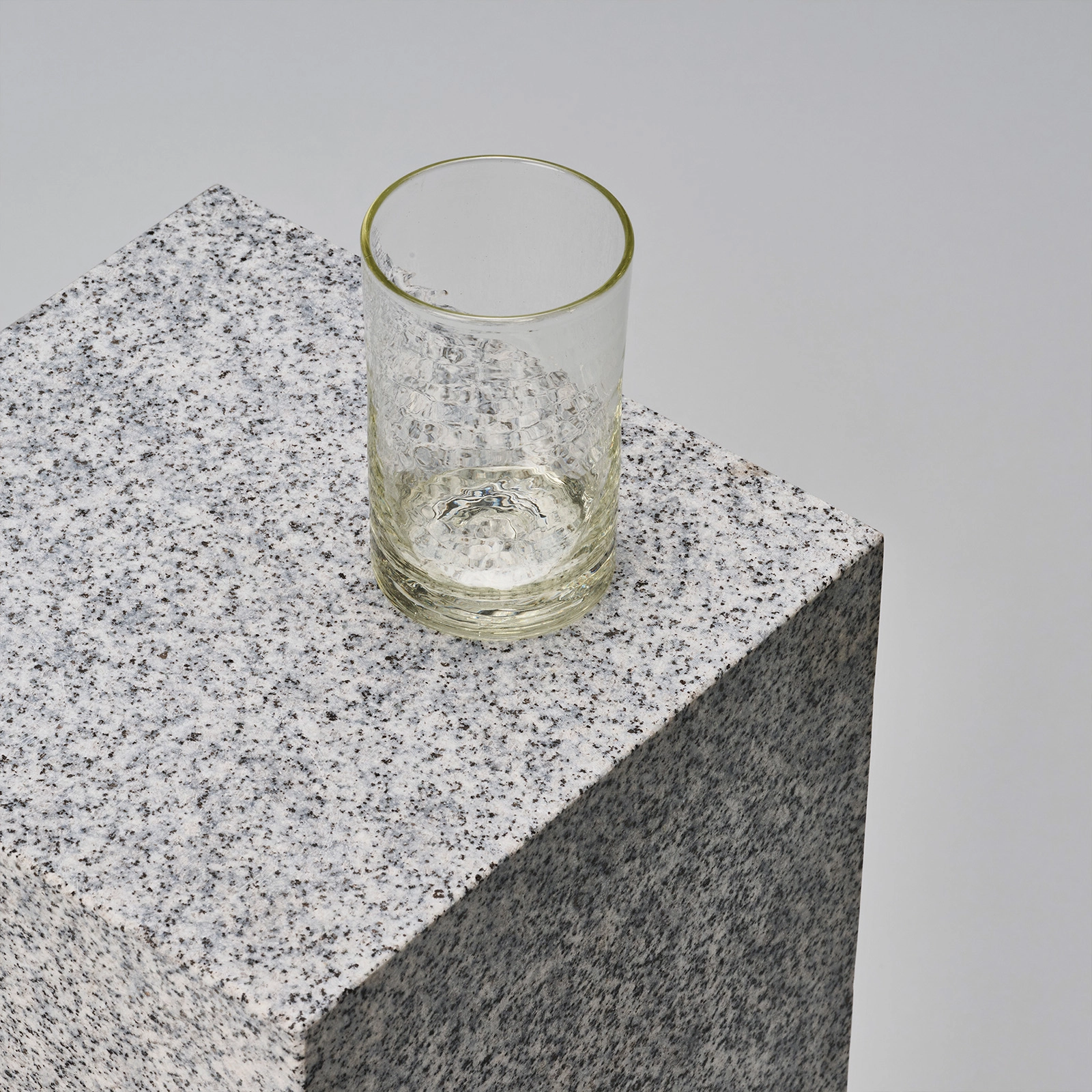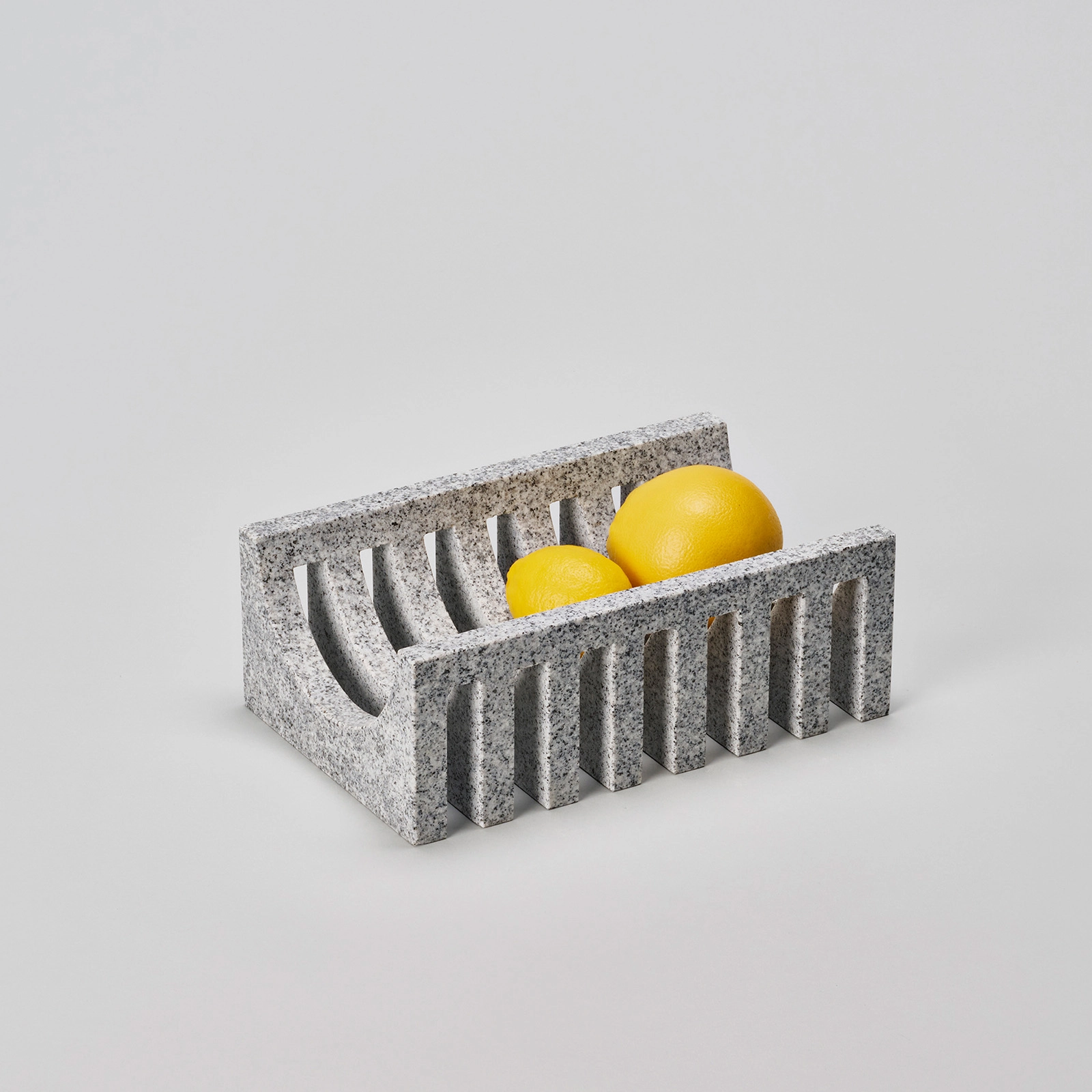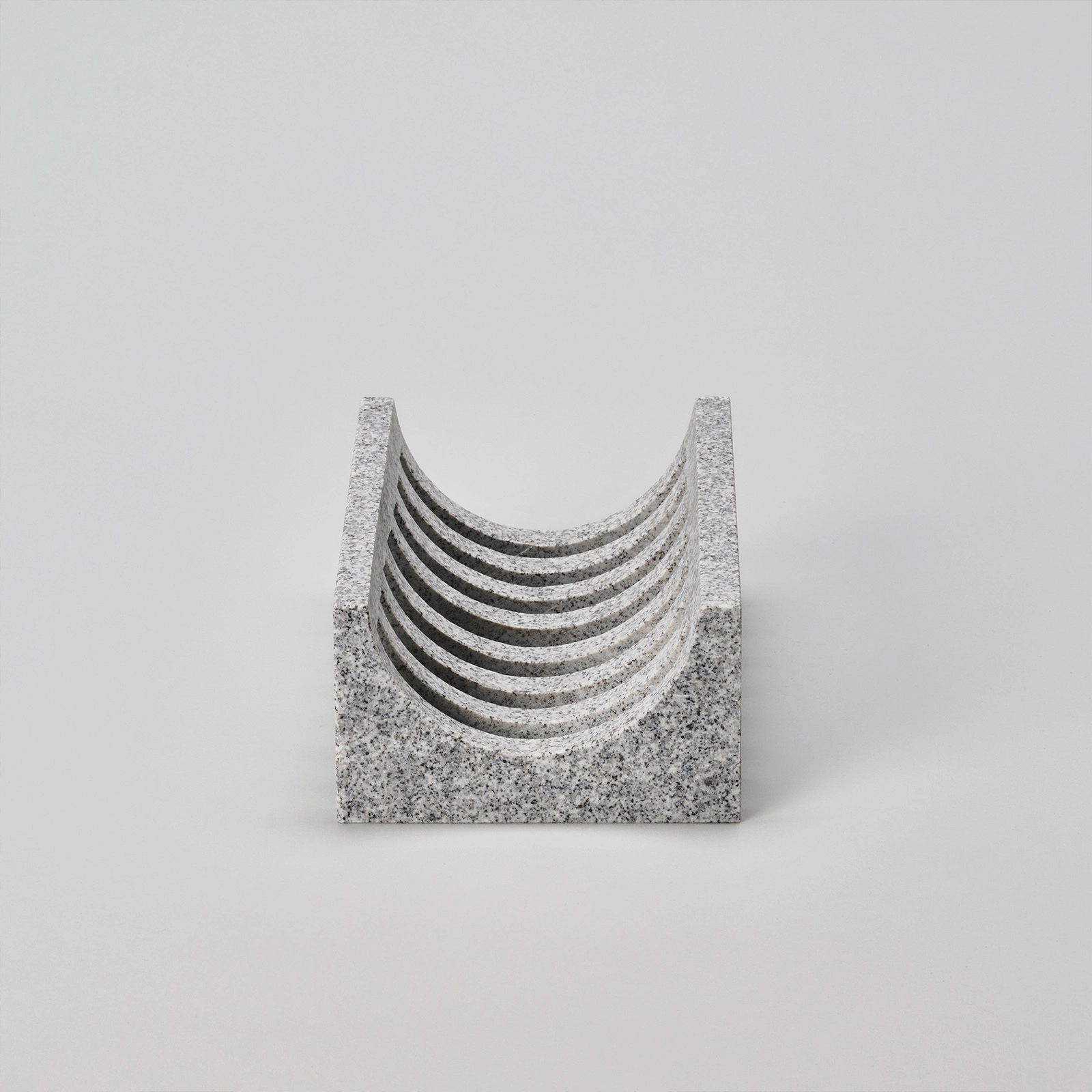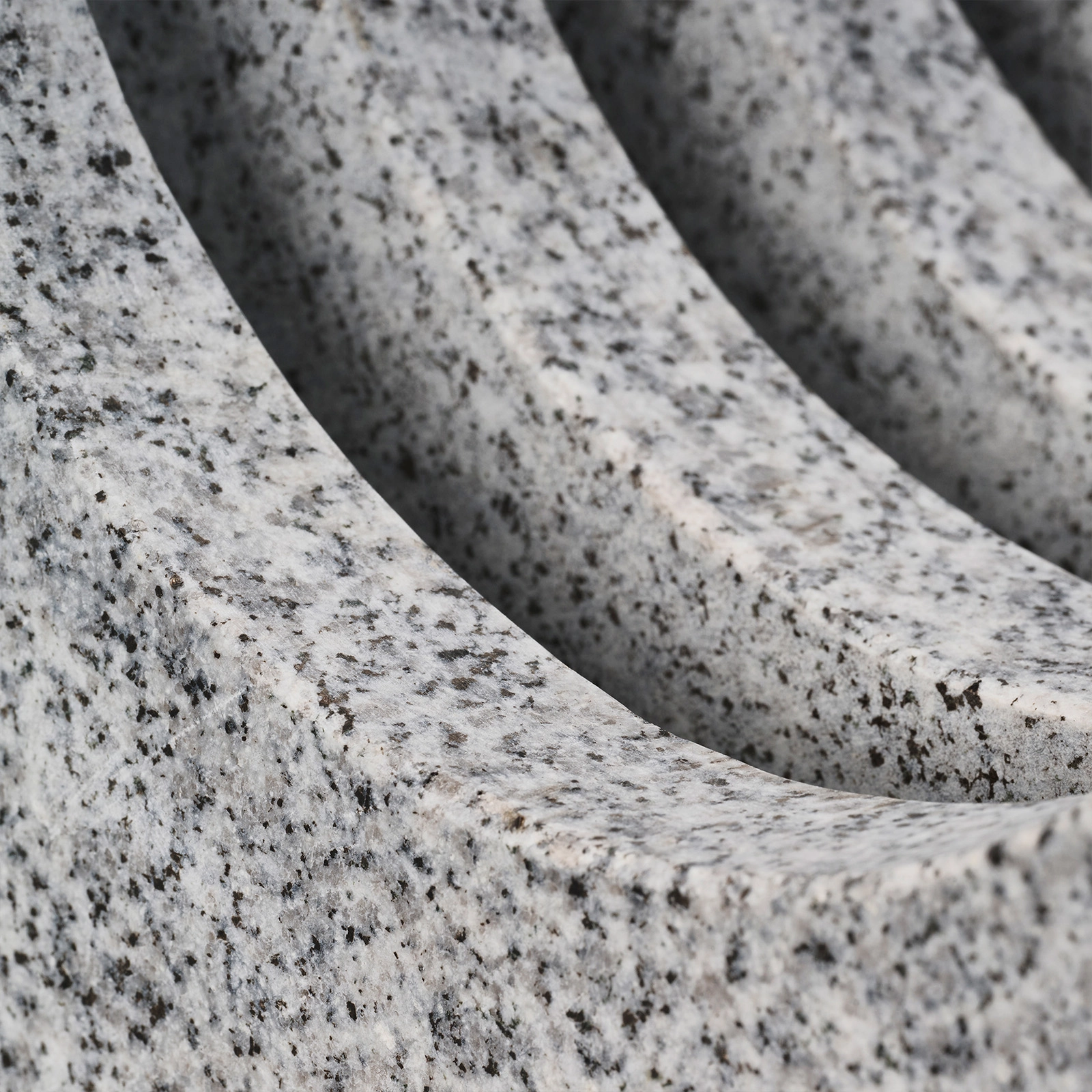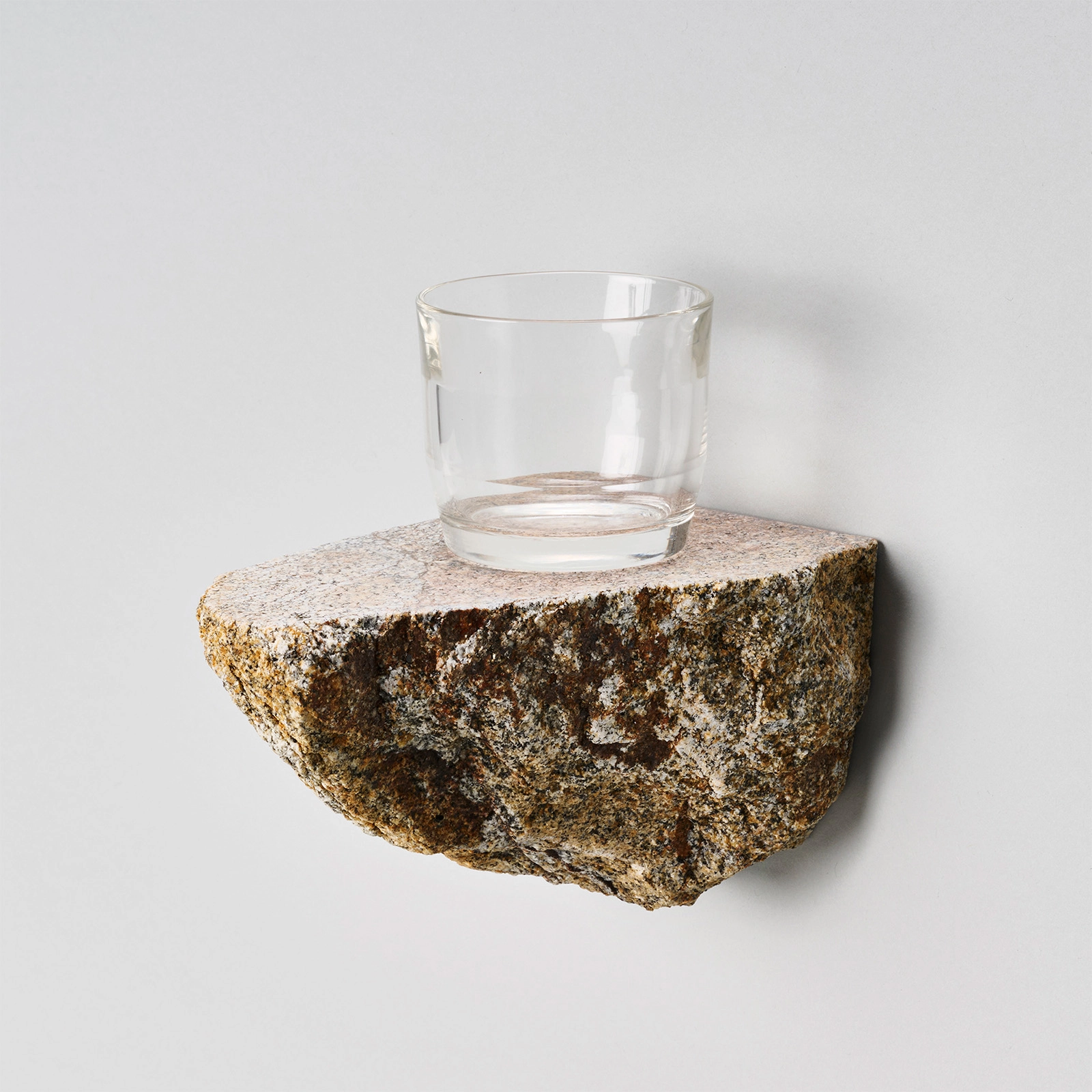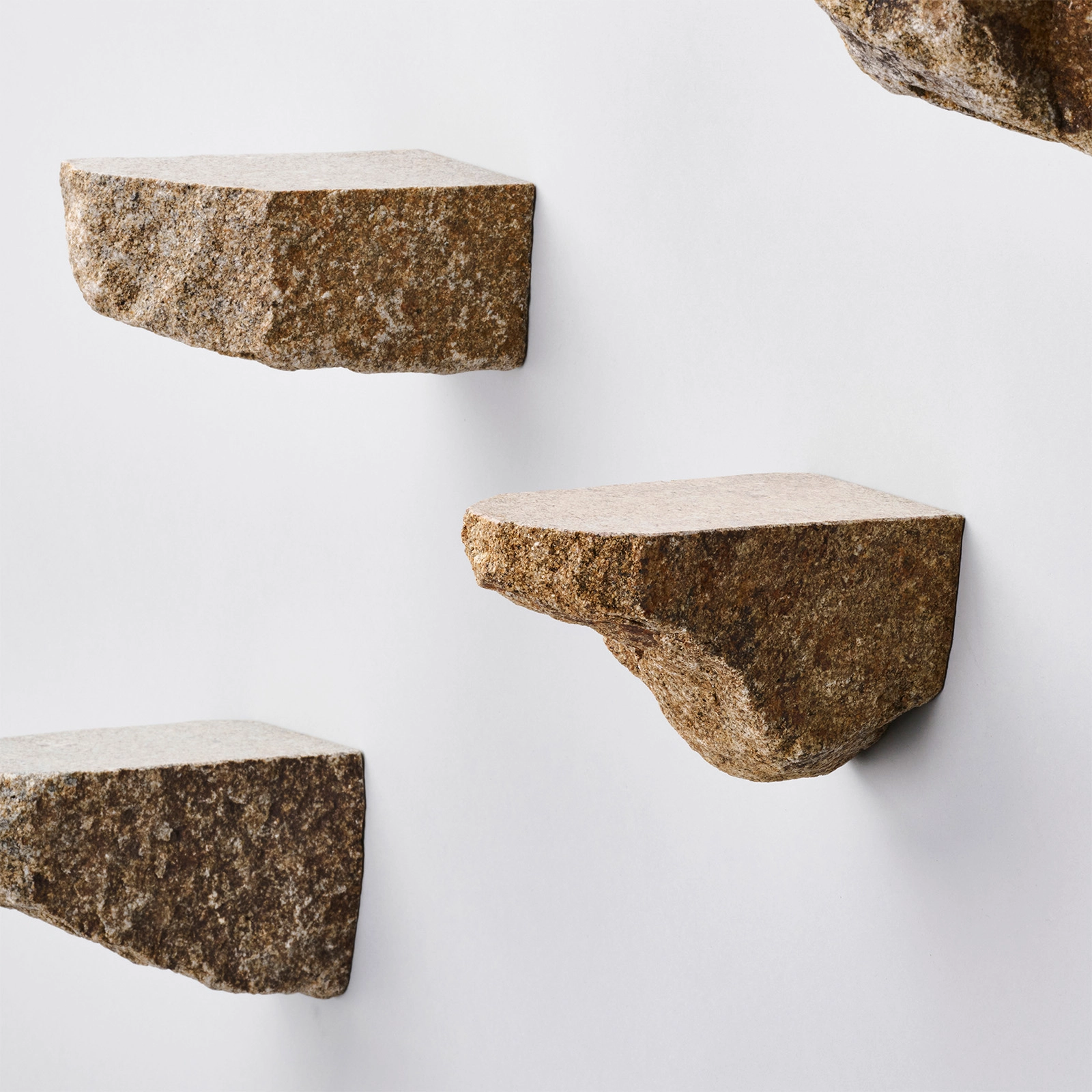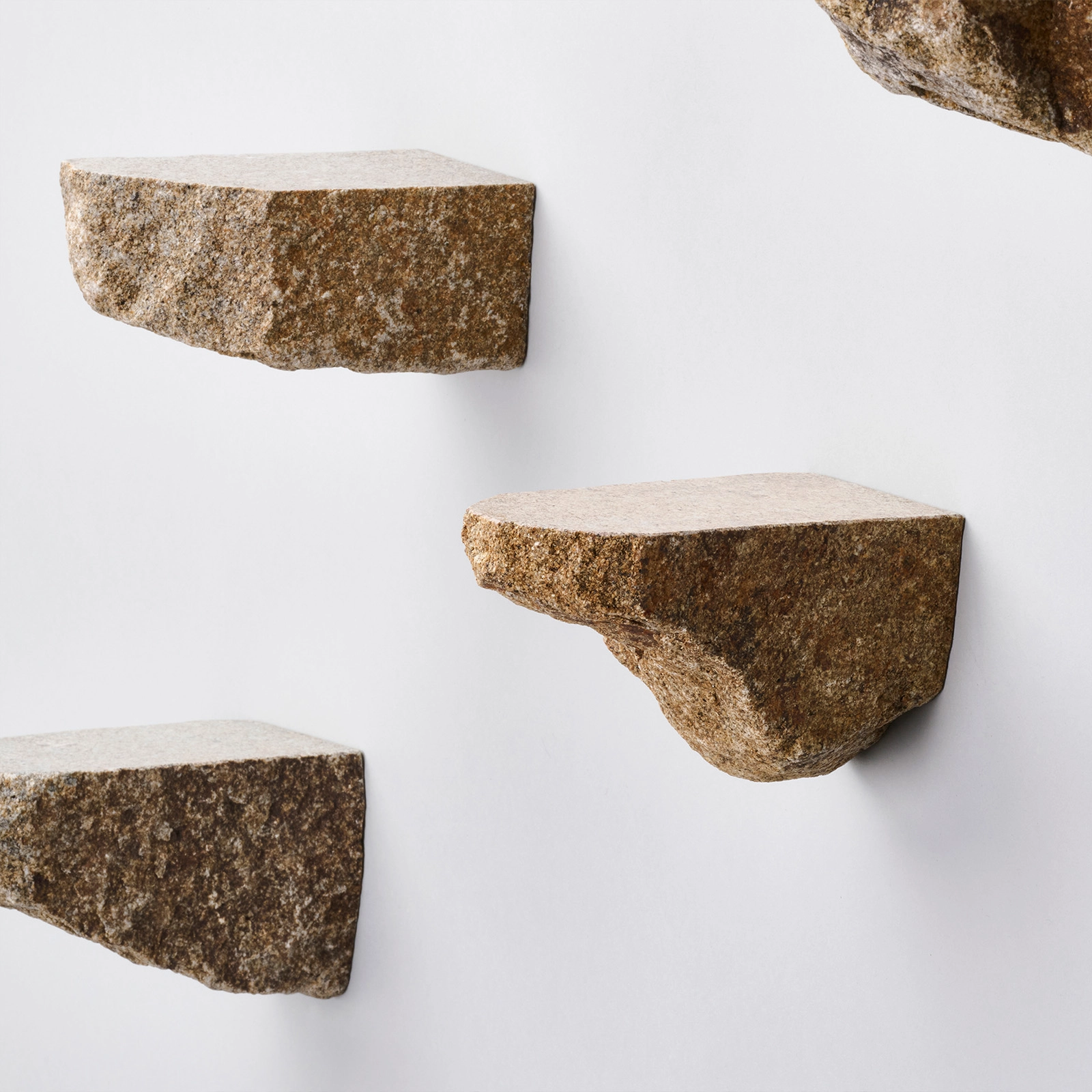
Philippe Malouin
フィリップ・マロイン
英国とカナダのバックグラウンドを持つフィリップ・マロインは、アイントホーフェンのデザインアカデミーで学士号を取得しました。また、パリのENSCI やモントリオール大学でも学びました。 2008年に自身のスタジオを設立し、ロンドンのロイヤル・カレッジ・オブ・アートで教鞭を執った経験もあります。
活動の幅は多岐にわたり、ソファをはじめ、テーブル、ラグ、椅子、照明、アートオブジェ、インスタレーションなどが含まれています。クライアントには、Flos、HEM、石巻工房、Iittala、De Sede、SCP、Established & Sons、Marsotto Edizioni などが名を連ねています。 エディションピースも手がけ、それらは、ニューヨークのSalon 94 Design ギャラリーおよびアテネのThe Breeder ギャラリーで取り扱われています。 最近、Wallpaper* 誌の「デザイナー・オブ・ザ・イヤー」を受賞し、フランスのヴィラ・ノアイユ「デザインパレード」で審査員長を務めました。
現在はロンドンに住み、同地で自身のデザインスタジオを運営しています。
Philippe Malouin
British-Canadian Philippe Malouin holds a bachelor’ s degree from Design Academy Eindhoven. He has also studied at the École Nationale Supérieure de Création Industrielle in Paris and University of Montreal. He set up his studio in 2008 and he has also taught at the Royal College of Art in London.
His diverse portfolio includes sofas, tables, rugs, chairs, lights, art objects and installations. Philippe’ s client list includes: Flos, HEM, Ishinomaki, Iittala, De Sede, SCP, Established & Sons and Marsotto Edizioni.
Philippe’ s artistic practice is represented by Salon 94 Design gallery in New York City as well as The Breeder gallery in Athens. He has recently won the Wallpaper* Magazine ‘designer of the year’ award. He has also been named President of the Jury at Villa Noaille’ s “Design Parade” in France.
Philippe Lives and works in London, where he operates his design studio.
